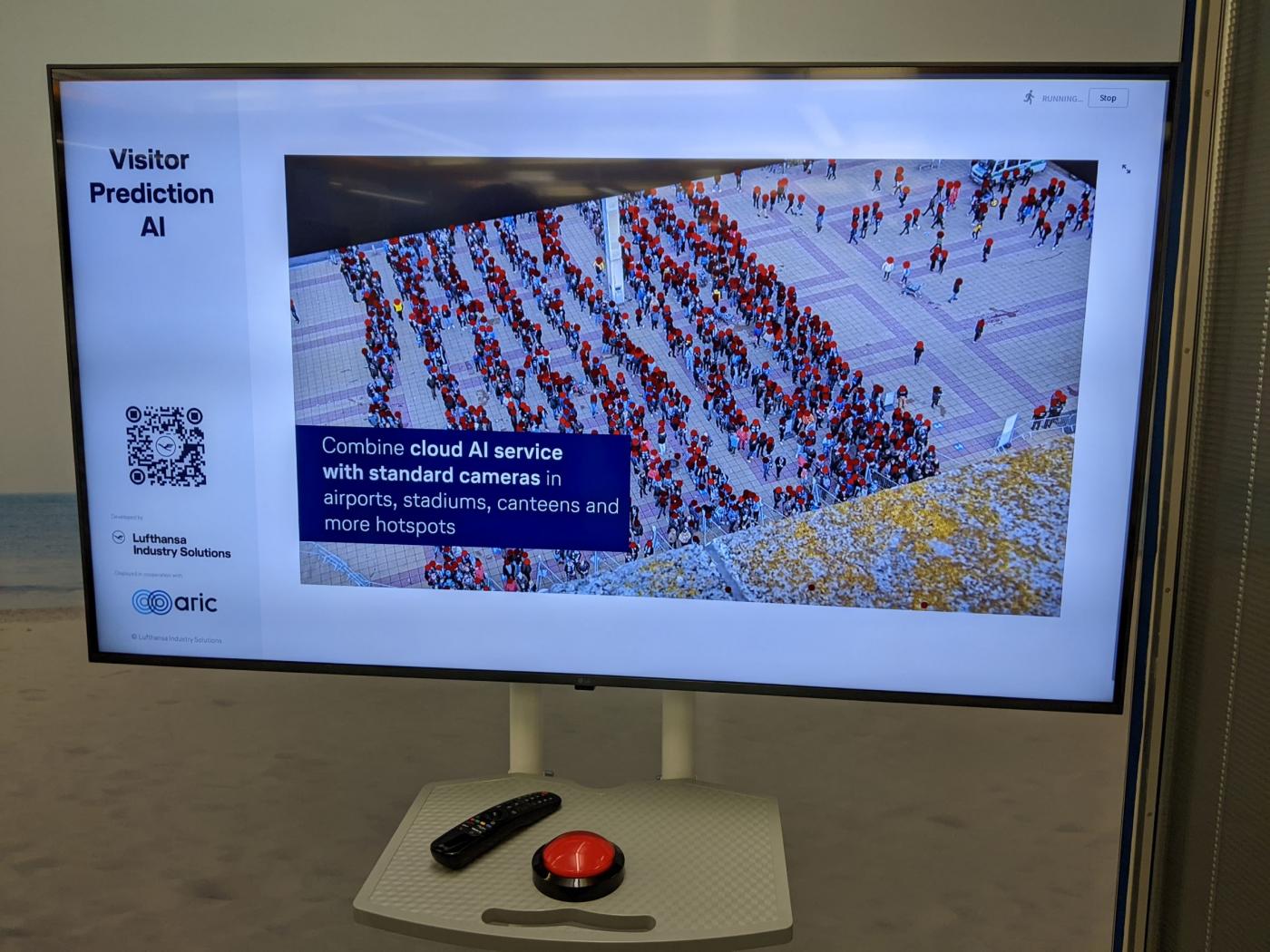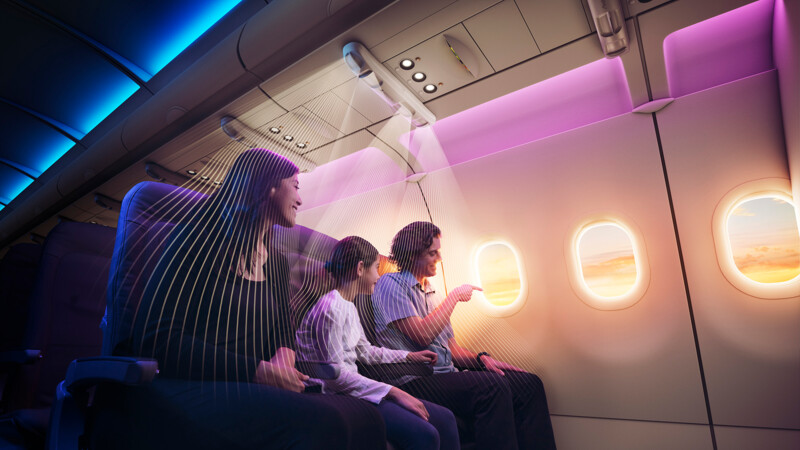"AI has potential everywhere - in technical development and maintenance, for customer services, controlling or in-flight operations. Automating production with AI holds the greatest economic potential," she added. AI is already used in aviation e.g., robots in manufacturing or for automating routine tasks. The highly-complex field of aeronautical engineering means the technical advancement of smart production processes holds plenty of room for optimization. Predictive maintenance is thus gaining importance. By analysing machine and production data, AI can identify turbines or hydraulic pumps that could malfunction in future. "AI has become very good at detecting anomalies. That means potentially defective parts can be replaced and the costly and time-consuming aircraft malfunction or even that of a baggage conveyor belt can be avoided."
Global air traffic is booming and the pandemic is unlikely to have a long-term, lasting impact. Passenger traffic is expected to increase from 2.9 trillion kilometres in 2020 to around 19.2 trillion in 2040, according to forecasts by the Hamburg-based Statista. Growing volumes of traffic means more aircraft are produced and travelling the airspace as well as more passengers and baggage at airports. Artificial intelligence is crucial for managing such challenges. "AI will be used throughout aviation in future," said Dr. Ing. Susan Wegner, Vice President of Artificial Intelligence & Data Analytics at Lufthansa Industry Solutions in Norderstedt in the metropolitan region.
Predictive maintenance gaining importance

Diverse use of cutting-edge analytical tools
AI-supported predictions or predictive analytics are gaining importance. Advanced analytical methods use data models to provide forecasts, recommend ways of saving resources and costs and of increasing safety. "That effects the entire flight operation, which can be optimized based on viable forecasts," Wegner stressed. The earlier information on the arrival time of an aircraft at the gate is available, the better downstream processes can be planned and customer service improved. Predicting actual passenger footfall is another key area. "That involves combining all kinds of data," Wegner noted. "Are they vacationers or business passengers? Are they frequent flyers? Is it a connecting flight or are passengers coming to the airport for the first time? The time of time of year is yet another factor. The issue is complex and it will be awhile before we can forecast everything fully."

AI-supported route optimization for climate protection
Such analytical tools can also predict the number of meals required on board as well as in airport restaurants and canteens. Accurate forecasts can prevent food waste, reduce weight on board and have the added bonus of protecting the climate. AI-supported flight route optimization can reduce fuel, save costs and lower emissions. Cutting-edge analytical tools combine real-time analyses of e.g., weather data and airspace with historical data.
Computer vision aids passengers and straightens baggage
AI is also used in image processing or machine vision at airports. Lufthansa, for example, uses biometric facial field recognition for a contactless route through security checks and during boarding. The technology is currently in use at Frankfurt am Main, Munich and Vienna airports and amid the pandemic. "Computer vision has made tremendous progress, and the technology works despite masks because the eye area provides strong biometric identifiers," Wegner said. Computer vision means baggage is handled intelligently and smoothly. Lufthansa Industry Solutions' AI-assisted baggage model is on display in the new ARIC Artificial Intelligence Showroom. If baggage lands criss-cross on the conveyor belt, they quickly jut over the edge, which can cause an emergency stop. "A restart costs time, money and results in angry passengers," Wegner pointed out. "Our 'Baggage Control AI' detects overhangs on the baggage conveyor system and keeps both staff and passengers happy."
ys/sb/pb
Sources and further information
More
Similar articles

Using artificial intelligence as a prophylaxis against stroke

Future Hamburg Talk meets Alois Krtil, CEO of ARIC

Crystal Cabin Awards 2022 gearing up for future of aviation
